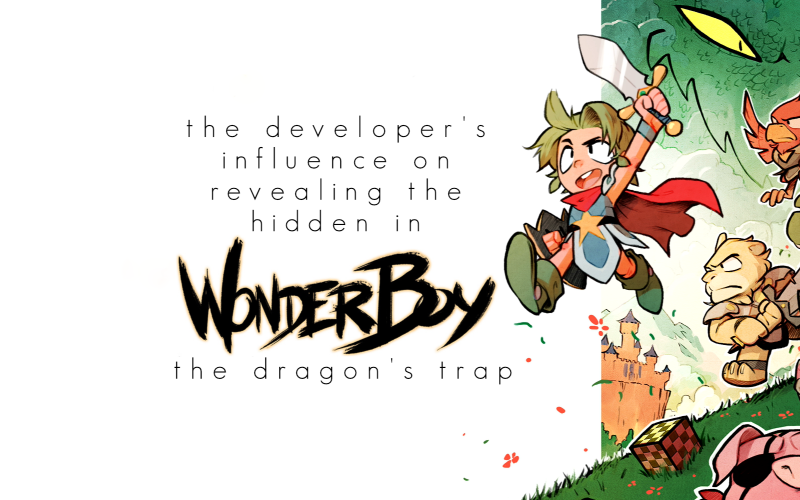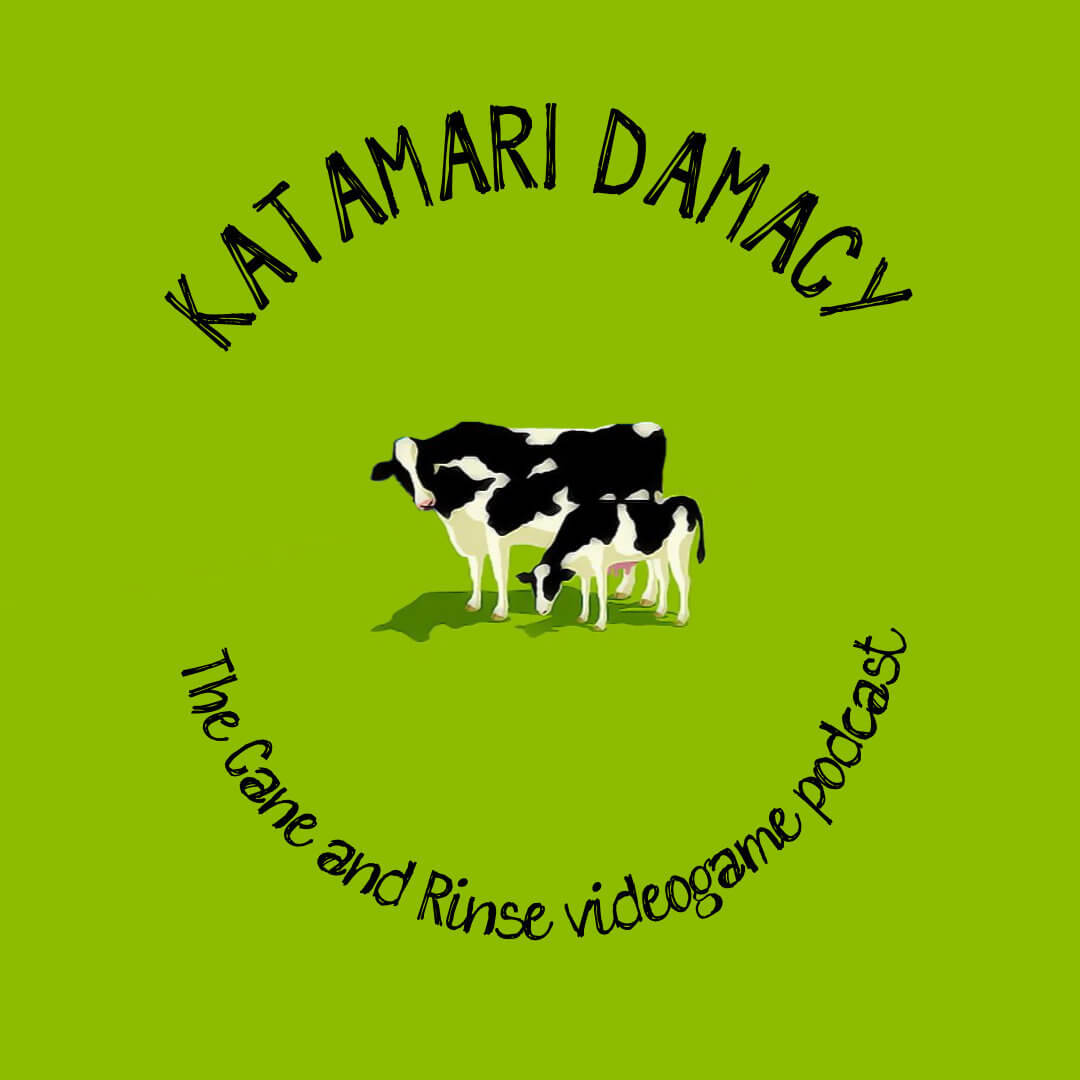Joshua Robinson takes a closer look at the level designers’ approach to hiding things in Lizardcube’s 2017 remake.
Most games have secrets. How difficult those secrets are to find isn’t always the same. Wonder Boy: The Dragon’s Trap is on the more infamous side when it comes to its secrets. However, that doesn’t mean that every hidden thing is only found by asking your friends or looking up their locations. Westone and then Lizardcube used several ways to hint at – or not – where their secrets are hidden.
The simplest method to lead players to a secret is to simply not. Most of the hidden rooms in The Dragon’s Trap aren’t actually hinted at, at all. This is how the game lands on the more infamous side of the continuum. Many of the rooms in the game contain a door that you would never know existed. The only way to discover these organically is by pressing up on basically every square of the map or rubbing up against every piece of geometry.

The next type of hint is to use the level geometry. Every location that you think is a weird inclusion for no reason, probably isn’t. Especially when processing resources were so scarce. Holes in the floor textures are likely accessible. Deadends aren’t always just a deadend. In the caves below the city before The Samurai Castle there is this section of floor containing a gap. Pressing up on a specific tile will activate the door that leads to that gap.

There are a few locations that seem like they fit this criteria, but actually don’t lead anywhere. Near Mouse Man’s dungeon in an underwater section there is a cyclops trapped in the level geometry. There is no way to enter that area. The same goes for the area above the well in town. It’s possible to gain access to that area, but there isn’t anything up there to find.

The next two methods in The Dragon’s Trap to hint at secrets are Lizardcube exclusives. These are only available in the 2017 remake since they require the ability to switch between graphics filters and the added The Unknown dungeons. Unknown dungeons are the new way that Lizardcube distributes charms. Formerly charms were a random drop or found in chests, but are now rewards for completing hidden dungeons.
The ability to swap back and forth between updated graphics and the retro inspired ones is a big selling point of The Dragon’s Trap remake. Lizardcube also uses them as a way to hide and reveal a secret area. In the underwater area there is foreground art that is mostly used to add a sense of environment to the area. One bit of seagrass has the dual purpose of hiding a secret.
Switching to the retro graphics removes all the foreground elements and reveals breakable blocks that lead to Lion Man’s Unknown dungeon. It is possible to see a sliver of the breakable blocks in the newer graphics filter, so someone out there has noticed the entrance that way. For the vast majority of players the dungeon would be found by graphics filter switching.

My favorite way that Lizardcube hints at secret doors is by adding background art to mark them. With the updated computing power of modern technology a lot more detail can be pumped into the art of The Dragon’s Trap. Like the underwater foreground art, these are mostly for show, but two areas have art that tells keen-eyed players where there are secret doors.
Back in the labyrinthine underground area leading to the samurai castle there is a path early on that leads to a dead end. You would be forgiven for thinking this is only a dead end except for the piece of art added in the updated graphics filter. In the top corner of the wall there is a broken sign that resembles the ones that sit above hospitals. This one actually does sit above a hospital, but the door is hidden. Pressing up under the sign will trigger the door to open.

A much more subtle hinting at a hidden door is found under the town in the sewers. This door is hidden in somewhat plain sight right above another door. The way to spot this is a door is due to the background art being in the shape of a door frame. The curved archway perfectly outlines the curved doors of the game. Where there would normally be a door there are bricks that obfuscate that actually being a shop.

The clever part of this hint is that a similar piece of art is used to indicate a door in another part of the game. After certain dungeons there are shortcuts back to town. These shortcuts are doors that disappear after entering them. After the door fades away all that is left is a stone archway indicating where the door was before.

There are more ways to direct a player to a secret than the ones listed here. The Dragon’s Trap is an interesting case due to the amount of obtuse secrets. It’s worth looking at when and where Westone wanted to actually direct the player. The other notable aspect in examining The Dragon’s Trap is how a different developer chooses to add their own secrets and craft new hints for old ones.
















